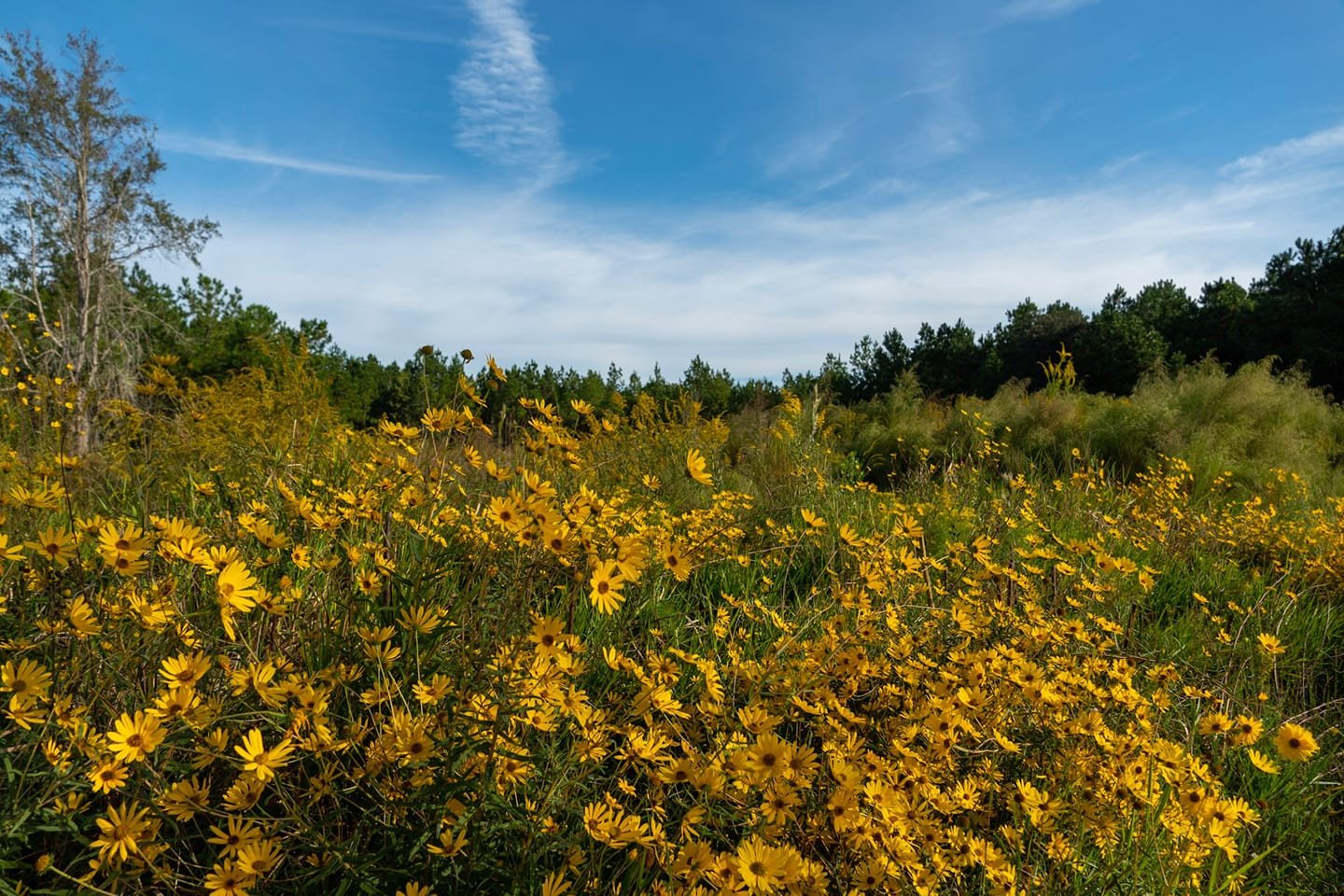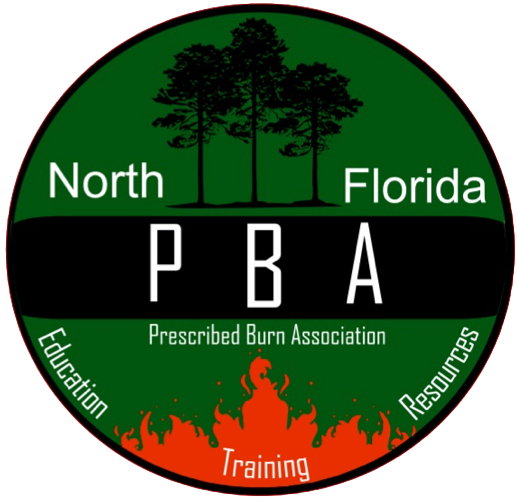
Why We Do It
Native flora response to fire and FWC Landowner Assistance.
Many of Florida’s natural communities, including pineland forests, are fire-dependent systems that require recurring fire to maintain their natural association of plants. Prescribed fire is an effective substitute for naturally occurring fire and is an extremely important wildlife habitat management tool since it consumes dead plant material, stimulates new plant growth by recycling nutrients, increases seed production and germination in many plant species, and helps control insect pests and plant diseases. Without fire, the variety and number of plant species will decline over time as oaks and other hardwoods compete with groundcover species for light and eventually inhibits fire.
For a fire-adapted plant to survive, it must experience fire at a certain frequency, intensity, and season. The frequency of historic fires depended on habitat type, the intensity depended on fuels and weather, and the season was often determined by when lightning occurred. There are some species, such as wiregrass (Aristida stricta) that will only produce viable seed if the right burning season is met (April- July) or such as lopsided Indiangrass (Sorghastrum secundum) that will prolifically flower the 2nd year after a burn. The successful regeneration of longleaf pine (Pinus palustris) requires contact with bare mineral soil that is best provided by a summer fire prior to autumn seed drop and germination. Some species, such as sand pine (Pinus clausa) have serotinous cones that will release most of its seeds only after exposure to high temperatures from a burn. One of the more noticeable fire effects occurs in the fall after a spring burn, when wildflowers such as blazing star (Liatris spp.), ironweed (Vernonia spp.), and vanilla leaf (Carphephorus odoratissimus) are heavily in bloom. Addressing the needs of each plant species when developing burn plans will open opportunities to increase the numbers of a particular plant across the landscape.
As prescribed fires are re-introduced into a system, fire-dependent native flora that was once shaded under vegetative cover will be stimulated to grow. A particularly interesting resurgence of native flora was experienced at South Prong Plantation in Baker County after every-other year fires were conducted in flatwoods under slash pine stands. Following a series of a half-dozen fires, the state-endangered Chapman’s fringed orchid (Platanthera champmanii) began to flourish and became the largest known population in north Florida. The conservation value of this orchid population piqued the interest of the Florida Native Plant Society and the Botanical Gardens of both the Atlanta and Jacksonville Zoos. These organizations coordinated with the landowner, who understood the importance of private lands in habitat conservation, to survey and mark the locations of these delicately fringed, orange-flowered orchids and then return in the fall to collect their seeds to assist future management of this fire-dependent and imperiled species.
Prescribed fire is a unique management tool used to control encroaching hardwoods, cycle nutrients back into the soil, and increase the number of flowering and fruiting shrubs and grasses that can create food and shelter for wildlife year-round. When used on private lands, this tool can significantly advance habitat conservation across Florida.
Florida Fish and Wildlife Conservation Commission’s Landowner Assistance Program’s biologists work with private landowners to help them manage wildlife and their habitats by providing management recommendations and helping find financial assistance for habitat work. To learn more about managing wildlife on your property, checkout our Managing Your Land section online at MyFWC.com/LAP. If you need technical assistance, you can also contact the LAP regional biologist at the nearest FWC Regional Office.


